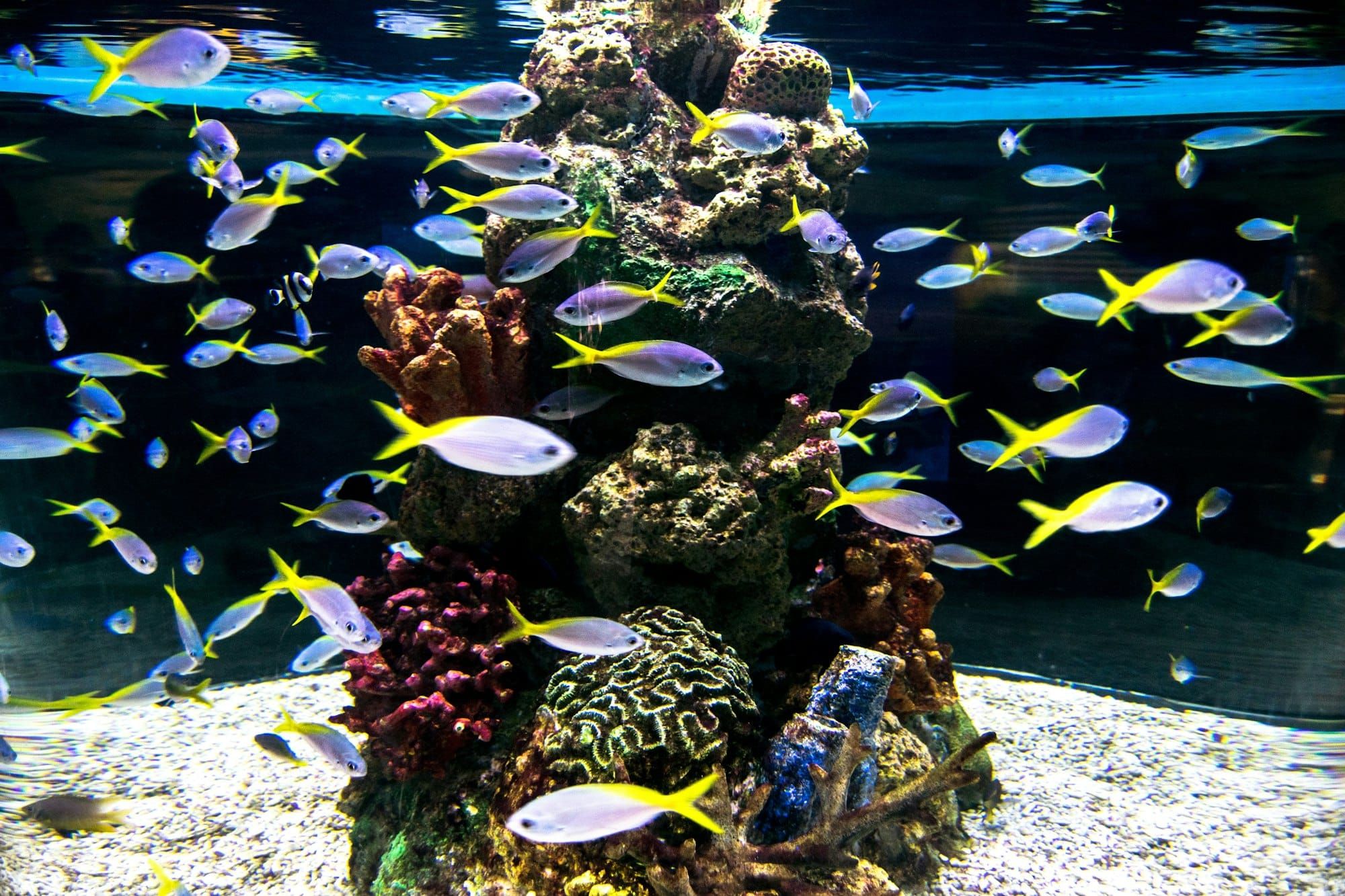Today’s digital world provides a host of opportunities to make our lives easier, and one area making significant strides in this regard is the pet industry. For aquarium enthusiasts, the advent of new technologies has led to the development of smart aquarium systems. These systems offer an easy and efficient way to monitor and control aquarium parameters. From temperature and pH to feeding and lighting schedules, smart aquarium systems make fishkeeping a breeze.
This article walks you through the necessary steps to set up a smart aquarium system using your smartphone.
Also to discover : How to Use Your Smartphone to Monitor Real-Time Traffic Flow in Cities?
Understanding the Basics of a Smart Aquarium System
Before diving into setting up the system, it’s crucial to understand what a smart aquarium system is and how it works. A smart aquarium system is a network of devices connected to your aquarium that automate and ease the process of maintaining optimal conditions for your aquatic life.
These systems use sensors to monitor various parameters of your aquarium, like temperature, pH, and light conditions. The data collected by these sensors is then sent to your smartphone via an app, allowing you to monitor and adjust these conditions remotely.
Also to discover : What Are the Steps to Create Augmented Reality Experiences Using Your Smartphone?
Smart aquarium systems also include automated feeders, pumps, and lights, all controllable from your smartphone. This level of control and automation helps ensure that your aquatic life remains healthy and your aquarium, pristine.
Selecting the Right Smart Aquarium System
The first step to setting up a smart aquarium system is selecting the right one for your needs. There are many smart systems available, each with their own unique features and benefits.
When choosing a system, take into consideration factors such as the size of your aquarium, the type of fish you have, and the specific requirements they need for their survival. Some systems offer advanced features such as CO2 monitoring and automatic water changes. Depending on your needs and budget, these extra features can provide added convenience.
Don’t forget to check that the system is compatible with your smartphone’s operating system. Most smart aquarium systems support both iOS and Android platforms.
Installing the Smart Aquarium System
Once you have your smart aquarium system, the next step is installation. While the specifics vary by system, most installations follow a similar process.
First, you will need to attach the sensors to your aquarium. These sensors are typically attached with suction cups or adhesive strips. Ensure the sensors are correctly positioned to accurately monitor the parameters of your tank.
Next, install the automated devices like the feeders, pumps, and lights. Follow the manufacturer’s instructions for each of these devices.
Finally, connect all devices to the system’s main hub. This hub acts as a bridge, connecting your devices to your smartphone. Place the hub in a safe and dry place, away from the aquarium.
Setting Up the Smartphone Application
The key aspect of a smart aquarium system is the ability to control and monitor your tank from your smartphone. To do this, you will need to download the compatible application.
After installing the application, follow the prompts to pair your devices. This process usually involves scanning the QR code on the device or entering the device’s ID manually.
Once paired, navigate through the app to familiarize yourself with the controls. The app will allow you to set parameters for your tank’s conditions, schedule feeding times, and much more.
Maintaining and Troubleshooting the System
After the smart aquarium system is up and running, ongoing maintenance and troubleshooting will be necessary to ensure its continued performance.
Regular maintenance involves checking the sensors and devices for any physical damage or malfunction. Also, cleaning the sensors as per the manufacturer’s instructions is crucial for accurate monitoring.
In terms of troubleshooting, most systems offer technical support through the app or their website. If you face any issues or challenges, it’s best to reach out to them for professional help.
Key Takeaways
Setting up a smart aquarium system via your smartphone might seem daunting at first, but with a bit of patience and the right guidance, it’s a task anyone can accomplish. The benefits of having a smart system far outweigh the initial effort of setting it up, and it will undoubtedly revolutionize your fishkeeping experience. Just remember, while the smart system takes care of most things, nothing replaces the joy and responsibility of personally caring for your aquatic friends.
Exploring Additional Features of the Smart Aquarium System
Now that you are familiar with the basic components of a smart aquarium system, it is time to delve deeper and explore the additional features that these systems can offer. Beyond the standard capabilities of monitoring temperature, pH, and light levels, the more advanced smart aquarium systems also offer unique features such as CO2 monitoring, automatic water changes, and real-time video streaming.
The CO2 monitoring feature is especially beneficial for planted tanks, as it helps optimize the growth of aquatic plants by ensuring that the CO2 levels are kept at the required range. The automatic water changes feature, on the other hand, can be a lifesaver for busy aquarium owners, as it automates the often tedious task of changing the aquarium water.
Another exciting feature found in some smart aquarium systems is real-time video streaming. This feature allows you to view your aquarium from anywhere, anytime, through your smartphone. Not only is this great for monitoring your fish when you’re away from home, but it also provides a unique way to showcase your beautiful aquarium to friends and family.
In addition, some systems may offer AI-powered insights. This feature uses artificial intelligence to analyze the data collected by the sensors and provides you with insights and recommendations to improve the health of your aquatic life.
Remember, while these additional features can greatly enhance your fishkeeping experience, they often come at a higher cost. Thus, it’s crucial to assess whether you really need these features before making your purchase.
In conclusion, the advent of smart aquarium systems signifies a new era in the world of fishkeeping. These advanced systems, controllable via your smartphone, offer a plethora of features that can make the maintenance of your aquarium more efficient and effortless.
Setting up a smart aquarium system involves understanding the basics, choosing the right system for your needs, installing the system, setting up the smartphone application, and regular maintenance and troubleshooting. Additional features such as CO2 monitoring, automatic water changes, real-time video streaming, and AI-powered insights can further enhance your fishkeeping experience.
While the initial setup might require some effort and patience, the rewards are certainly worth it. With real-time monitoring and automation, a smart aquarium system can ensure that your aquatic friends lead a healthy and happy life. Moreover, it offers you peace of mind, knowing that you can keep an eye on your aquarium even when you’re away.
However, it’s crucial to remember that while technology can assist us, it doesn’t replace the need for personal care and observation. No matter how advanced the technology, the wellbeing of your aquatic life ultimately depends on your attention and care. So, embrace the convenience offered by smart aquarium systems but don’t forget the joy of traditional fishkeeping. Enjoy the journey, tech-savvy aquarium enthusiasts!











